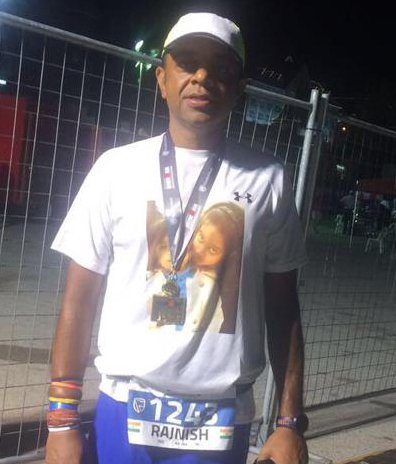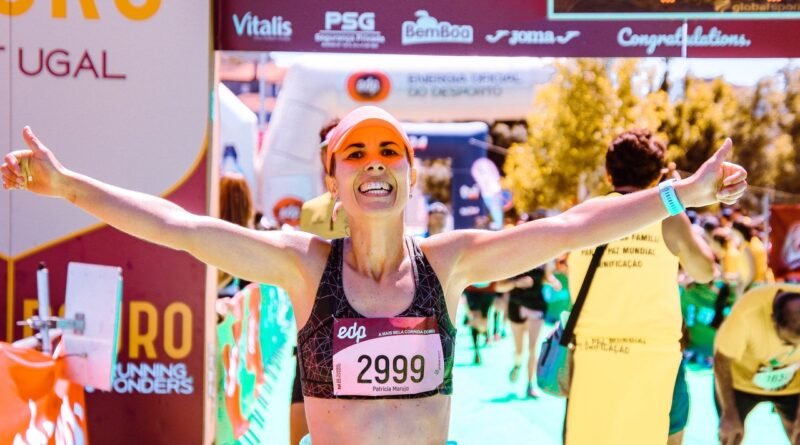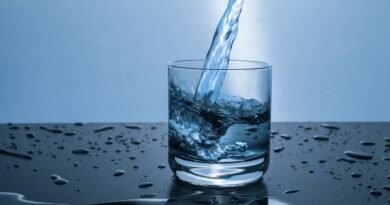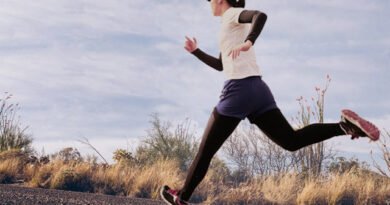It’s Not About How High, but How Hot
It’s Not About How High, but How Hot
Rajnish Goswami
What if instead of going higher while training, you could just make thing hotter?
Every year, in the midst of a marathon training cycle, about six weeks out from the big day, elite runners make a trip to altitude. Some of them live there permanently, in places like Arizona, home of the Northern Arizona Elites, for example, while others, make the regular trip to the infamous Flagstaff each training season.
But wherever they live, or seek out altitude to train, the motive is the same: train at a higher altitude (generally 7,000 to 8,000 feet) than sea level to improve oxygen efficiency. When athletes train at higher altitude, they are forced to exert more energy to get results, due to the lower amount of oxygen present in the air. As the body acclimates to this increased rate of perceived exertion, it compensates by generating more red blood cells, allowing more oxygen to be carried to the muscles.
Once athletes return to sea level, they still have this increased volume of blood cells, and enhanced oxygen carrying capacity, but no longer have to deal with the increased rate of exertion due to higher altitude. The result? A natural boost in performance due to greater oxygen availability and enhanced oxygen efficiency.
The underlying premise is that training the body to perform at higher altitude means increased blood volume and more oxygen availability to the muscles. A desirable outcome that has been shown to improve elite performance by one to two percent, this is great news if altitude training is accessible and if you can organize the logistics to take advantage of it.
But for many of us—those who unfortunately aren’t paid to run—the ability to go to an altitude training camp for four to six weeks, leaving the rest of life behind, isn’t typically an option. But what if instead of going higher, you could just make things hotter?
A recent article by Endure author Alex Hutchinson explored the increasing popularity of heat therapy, where he discussed how athletes are “turning up the thermostat in pursuit of an edge.” As he says, “heat is now hot,” and developing and following a well-thought out heat training protocol is becoming a mainstay part of training periods for many endurance-based athletes.
To compare it to altitude training, where the increased altitude forces the body to generate a higher number of red blood cells, heat training increases red blood plasma volume, offering more blood to carry oxygen to the muscles. Increased blood volume doesn’t automatically guarantee increased red blood cells—and more oxygen—as a result however, and research continues into how deep the two are related.
But Chris Minson and colleagues did show a relevant connection between heat training and performance, finding an improved performance in time trials and VO2 Max amidst cyclists who were subjected to hotter conditions as compared to the control group. However, this may be because heat training has more benefits than simply improved blood volume: it also develops resilience, helps improve perception of effort and fatigue, and benefits the psychological barriers faced in running through hard efforts or extreme conditions. In other words, it helps you push farther, despite the heat and hone further into that you’ve-got-this attitude.
And for the every day runner, maybe that’s what it’s all about. It’s not lost on anyone who has tried to push through hard efforts in running or reach new levels of success that often the mind gives up first, and starts the unrelenting “this hurts, let’s quit;” or “it’s okay to stop now;” or better yet, full on self-sabotage in the form of your mind saying “you probably can’t keep going.” And we’ve all been there, when it’s hot out, and the sun beats down mercilessly, creating beads of sweat rolling down our face.
blood volume is too. Here are some tips on getting hotter instead of higher: Training in the heat forces you to build toughness and tolerance. It asks you to get gritty and suffer, and then of course, makes you do it all over again when you’re struck with a week of incredibly hot days. You can think of it like running on tired legs, whereby you run, in spite of being tired, knowing that being able to do so is what you will need come race day. And on race day you will also need the increased resilience and toughness that the heat training allowed you to develop, whereby your ability to push through hard efforts is strengthened. And maybe your
-
When possible, depending on your location or the season, choose to complete some of your workouts in the heat of the day instead of avoiding it. Be aware that because of how hard your body will have to work, this will constitute a harder workout, not a recovery or easy day. Adjust your plan within your training accordingly.
-
Head to a dry sauna immediately before or after your run for 20-25 minutes, and avoid drinking water during this time.
-
Run in extra clothes to train your body to adjust to overheating and performing in less than optimal conditions and discomfort.
Reference: Laura Peill, Nicolle Monico

Rajnish Goswami, obese till 2015, successfully completed multiple Marathons and Ironman half distance and full distance races. He is a fitness enthusiast and an avid reader of sports science.




